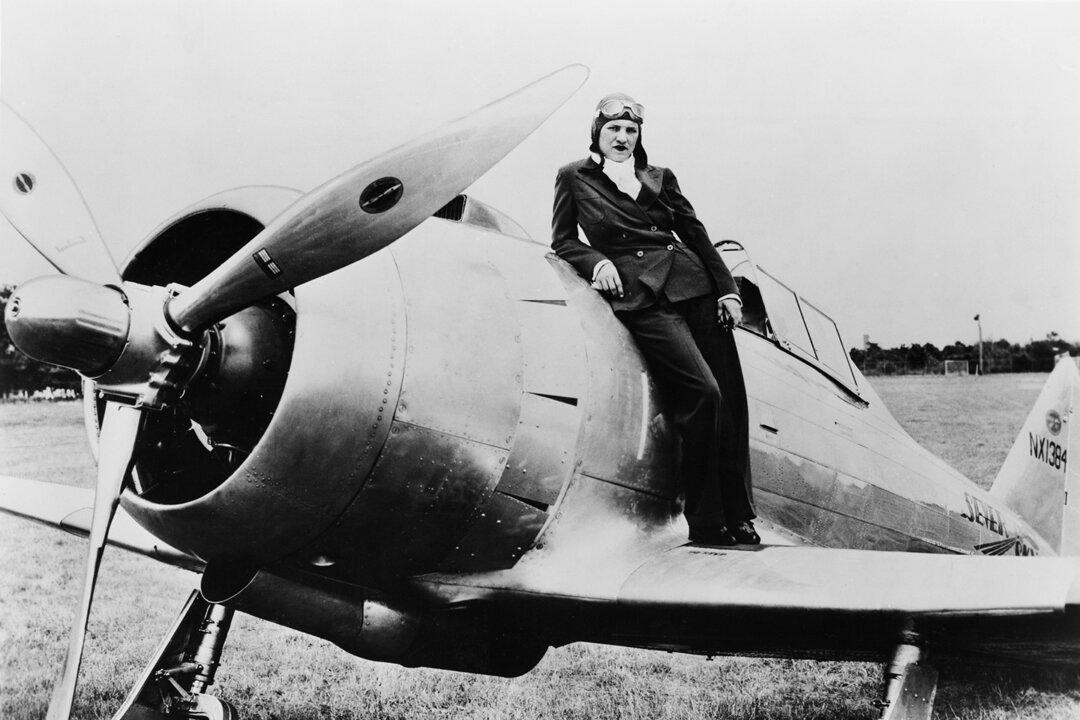Christopher Alan Smith’s journey to becoming a prominent artist in Texas is a rather direct one. Born in 1971, decades before the rise of the internet and when families still climbed aboard their four-wheeled vessels for road trips, Smith fell in love with maps.
Seated in the backseat with the multi-fold map stretched from end-to-end, he would navigate the family toward the next town. Highways, bi-ways, and cross streets colored the paper landscape. Names of cities and towns typed in black, adjacent to black dots identifying their precise positions. It was the map that would ultimately serve as his compass toward his career.






